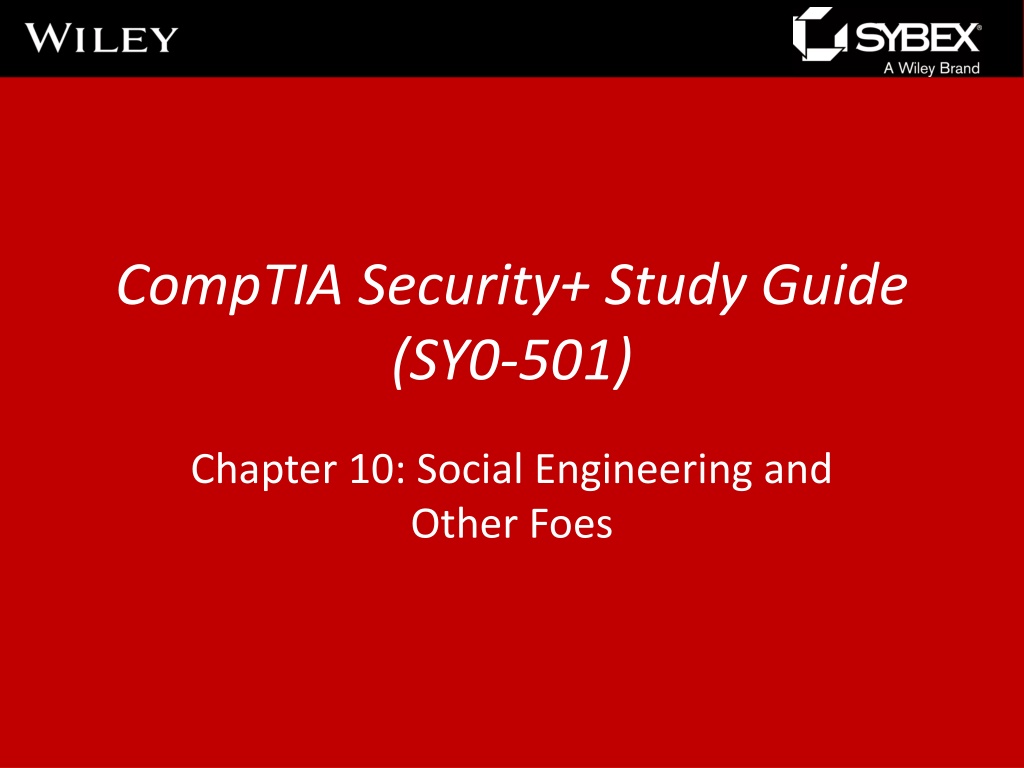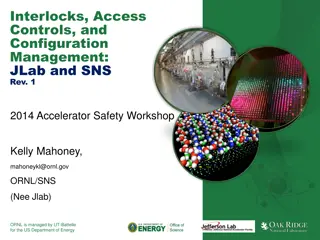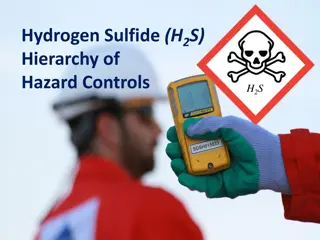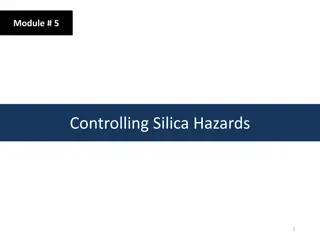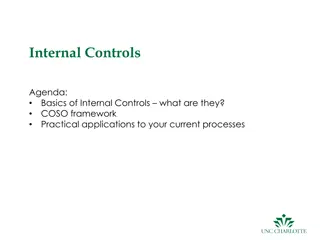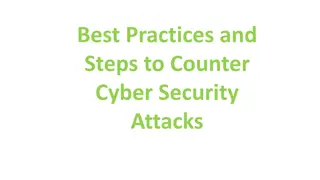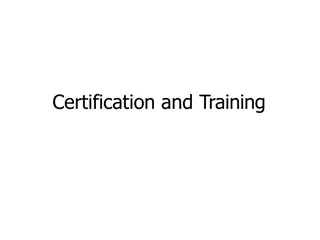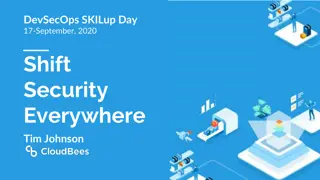Understanding Social Engineering and Physical Security Controls
This chapter delves into the insidious world of social engineering attacks, including shoulder surfing, dumpster diving, and impersonation, and explores the principles behind social engineering such as authority, scarcity, and trust. It also emphasizes the importance of physical security controls like access barriers, hardware locks, and video surveillance in safeguarding against unauthorized access to systems and facilities.
Download Presentation

Please find below an Image/Link to download the presentation.
The content on the website is provided AS IS for your information and personal use only. It may not be sold, licensed, or shared on other websites without obtaining consent from the author. Download presentation by click this link. If you encounter any issues during the download, it is possible that the publisher has removed the file from their server.
E N D
Presentation Transcript
CompTIA Security+ Study Guide (SY0-501) Chapter 10: Social Engineering and Other Foes
Chapter 10: Social Engineering and Other Foes Compare and contrast types of attacks Explain the importance of physical security controls Compare and contrast various types of controls Given a scenario, carry out data security and privacy practices
Social Engineering Social engineering The process by which intruders gain access to your facilities, your network, and even to your employees by exploiting the generally trusting nature of people. Social engineering attacks (types of) Shoulder surfing Dumpster diving Tailgating Impersonation Hoaxes Whaling Vishing
Principles Behind Social Engineering Authority Intimidation Consensus/social proof Scarcity Urgency Familiarity/liking Trust
Physical Security Access controls A critical part of physical security Physical barriers Objective: to prevent access to computers and network systems Multiple barrier system Having more than one physical barrier to cross Systems should have a minimum of three physical barriers
Chapter 10: Social Engineering and Other Foes Hardware locks and security Involves applying physical security modifications to secure the system(s)and prevent them from leaving the facility Mantraps Require visual identification, as well as authentication, to gain access
Chapter 10: Social Engineering and Other Foes Video surveillance Camera vs. guard Fencing/perimeter security Access list Proper lighting Signs Guards Barricades
Chapter 10: Social Engineering and Other Foes Biometrics Use some kind of unique biological trait to identify a person, such as fingerprints, patterns on the retina, and handprints Protected distribution Alarms Motion detection
Chapter 10: Social Engineering and Other Foes Environmental controls HVAC Fire suppression EMI shielding
Products that Solve Most Electrical Line Problems: Surge protectors Protect electrical components from momentary or instantaneous increases (called spikes) in a power line Power conditioners Active devices that effectively isolate and regulate voltage in a building Backup power Generally used in situations where continuous power is needed in the event of a power loss
Chapter 10: Physical and Hardware-Based Security EMI shielding Electromagnetic interference (EMI) frequency interference (RFI) The process of preventing electronic emissions from your computer systems from being used to gather intelligence and preventing outside electronic emissions from disrupting your information-processing abilities Hot and cold aisles
